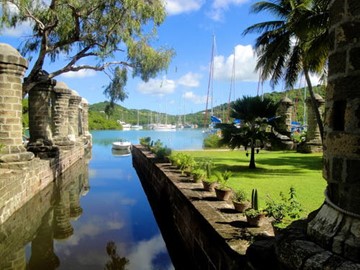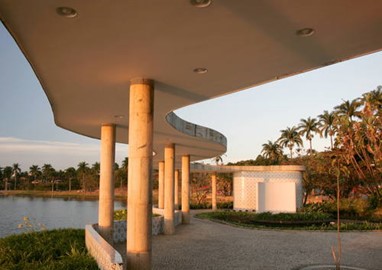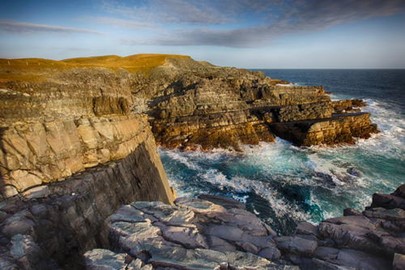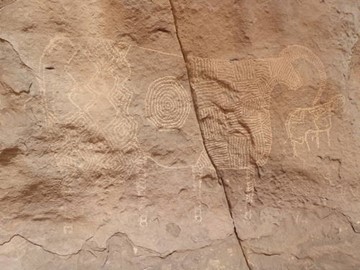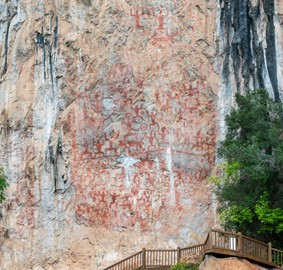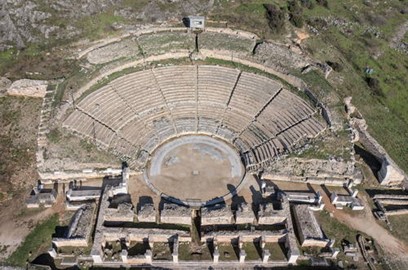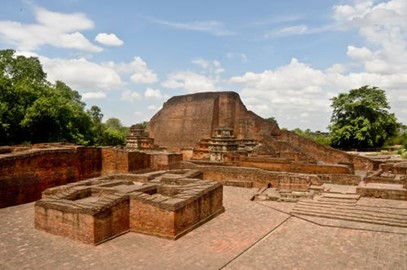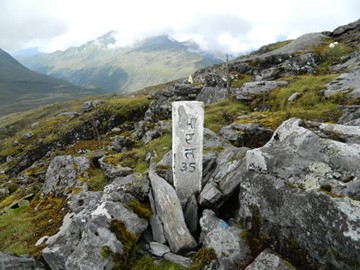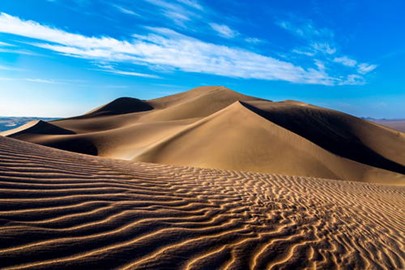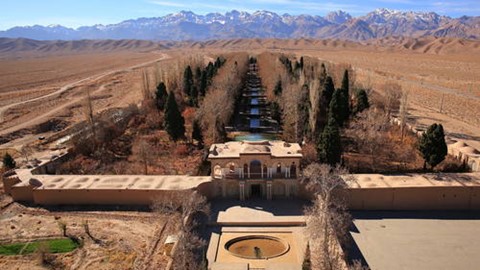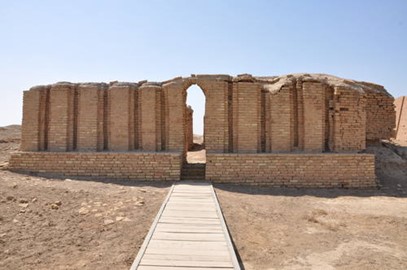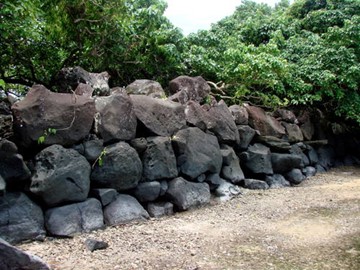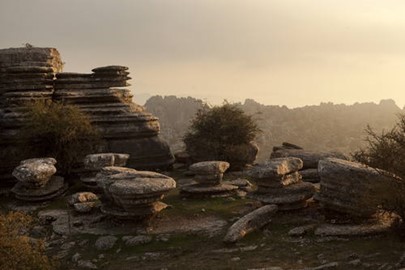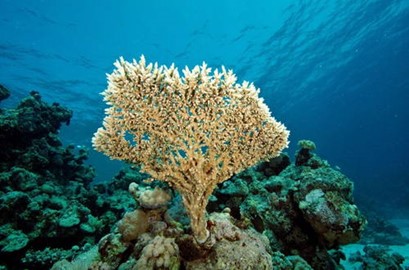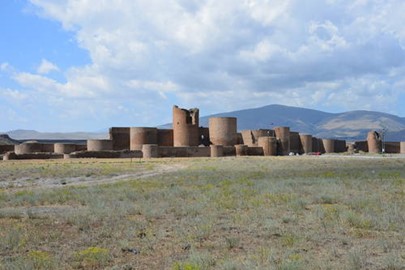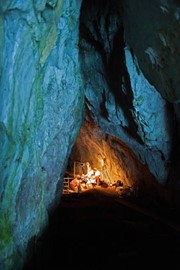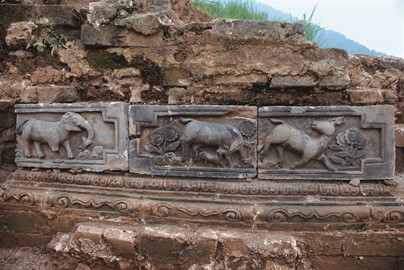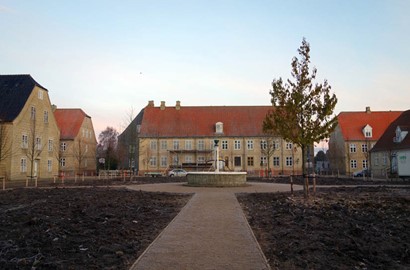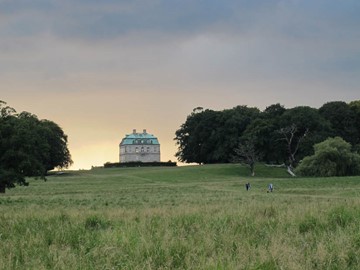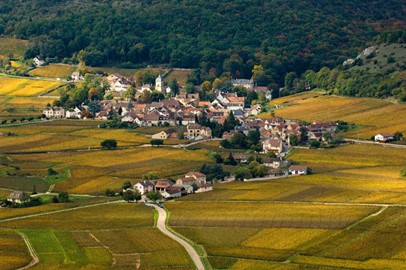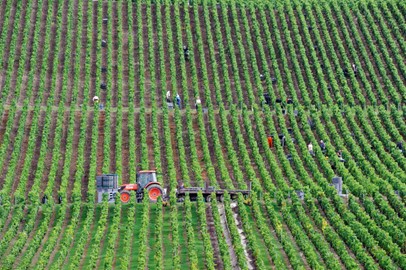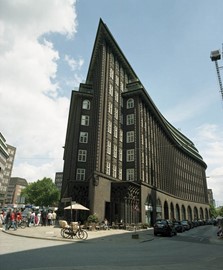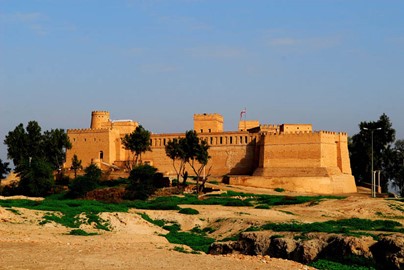search
Antigua Naval Dockyard
Antigua Naval Dockyard, a UNESCO World Heritage site in Antigua and Barbuda, recognized in 2016, is an 18th-century British naval base built in a sheltered harbor, operational from 1725 to 1855. Featuring Georgian-style buildings, docks, and fortifications constructed partly by enslaved Africans, it supported Britain’s Caribbean fleet during colonial wars. This well-preserved site showcases Antigua’s maritime heritage, reflecting a pivotal era of naval power and colonial history in the West Indies.
Pampulha
The Pampulha Modern Ensemble, a UNESCO World Heritage site in Brazil, is a striking showcase of mid-20th-century modernist architecture and design. This innovative complex, centered around an artificial lake, features bold works by architect Oscar Niemeyer, including the São Francisco de Assis Church with its distinctive curves, alongside contributions from artist Cândido Portinari and landscape designer Roberto Burle Marx. Recognized for its pioneering blend of art, architecture, and nature, it marks a piv... Read More
Mistaken Point
Mistaken Point, a UNESCO World Heritage site in Canada, is a 565-million-year-old fossil site preserving Earth’s earliest complex multicellular life from the Ediacaran period. Its rocky shores hold impressions of ancient, soft-bodied organisms, offering a rare glimpse into life before the Cambrian explosion. Recognized for its scientific value, it stands as a critical record of evolutionary history.
Ennedi Massif
The Ennedi Massif, a UNESCO World Heritage site in Chad, is a dramatic sandstone plateau sculpted by erosion into striking arches, canyons, and rock formations. This desert landscape harbors hidden water sources sustaining unique flora, fauna, and ancient rock art depicting human and animal life from wetter eras. Recognized for its natural and cultural value, it stands as a testament to geological wonder and prehistoric heritage.
Zuojiang Huashan Rock Art
The Zuojiang Huashan Rock Art, a UNESCO World Heritage site in China, is a collection of ancient cliff paintings created by the Luoyue people between the 5th century BCE and 2nd century CE. Depicting rituals, warriors, and animals in striking red pigment, these artworks offer a rare glimpse into prehistoric culture. Set against dramatic karst landscapes, they preserve a vibrant artistic legacy.
Hubei Shennongjia
Hubei Shennongjia, a UNESCO World Heritage site in China, is a pristine wilderness of dense forests, rugged peaks, and rich biodiversity. Known for its rare species like the golden snub-nosed monkey and ancient flora, it’s a vital ecological sanctuary. Steeped in myth and natural beauty, this site offers a stunning testament to China’s wild heritage.
Philippi
Philippi, a UNESCO World Heritage site in Greece, is an ancient city renowned for its historical and cultural significance. Founded in 356 BC by Philip II of Macedon, it later became a key Roman center, notably as the site of the 42 BC Battle of Philippi. The site features well-preserved ruins, including a theater, basilicas, and the Octagon church, reflecting its rich Greek, Roman, and early Christian heritage. Today, Philippi stands as a testament to its pivotal role in shaping Mediterranean history.
Nalanda
Nalanda, a UNESCO World Heritage site in India, was an ancient center of learning that flourished from the 5th to the 13th century. This renowned Buddhist university attracted scholars from across Asia, offering studies in philosophy, mathematics, astronomy, and medicine. Its vast library, containing countless manuscripts, was a treasure trove of knowledge until its destruction in the 1190s. Today, the excavated ruins, including monasteries and stupas, stand as a testament to its historical significance and... Read More
Khangchendzonga
Khangchendzonga National Park, a UNESCO World Heritage site in India, is renowned for its stunning biodiversity and cultural significance. Nestled in the Himalayas, it boasts a rich array of flora and fauna, including rare species like the snow leopard and red panda, alongside sacred peaks like Mount Khangchendzonga, the third-highest mountain in the world. The park seamlessly blends natural beauty with the spiritual traditions of the indigenous communities, offering a unique ecological and cultural treasur... Read More
Lut Desert
The Lut Desert, a UNESCO World Heritage site in Iran, is a striking natural wonder renowned for its extreme heat and unique geological formations. This vast desert features towering sand dunes, dramatic yardangs sculpted by wind erosion, and one of the hottest land surfaces on Earth. Its otherworldly landscape highlights the beauty and resilience of life in harsh arid conditions, earning it global recognition for its scientific and aesthetic value.
Persian Qanat
The Persian Qanat, a UNESCO World Heritage site in Iran, represents an ancient engineering marvel designed to harness underground water in arid regions. This sustainable irrigation system features a network of gently sloping tunnels, vertical shafts, and surface channels that distribute water to fields and settlements. Recognized for its historical and cultural value, it highlights traditional Persian ingenuity in water management and adaptation to challenging environments.
Ahwar of Southern Iraq
The Ahwar of Southern Iraq, a UNESCO World Heritage site, encompasses a unique blend of wetlands and archaeological treasures in a vast marshland ecosystem. This site includes the ancient Mesopotamian cities of Uruk, Ur, and Eridu, alongside the biodiverse marshes sustained by the Tigris and Euphrates rivers. It highlights humanity’s early urban development and the enduring relationship between people and their natural environment.
Archipiélago de Revillagigedo
The Archipiélago de Revillagigedo, a UNESCO World Heritage site in Mexico, is a remote volcanic island chain in the Pacific Ocean renowned for its unique biodiversity and pristine ecosystems. Often called the 'Galápagos of Mexico,' it hosts a variety of endemic species, including rare birds, marine life, and giant manta rays, thriving due to its isolation and protected status. The site’s dramatic landscapes, formed by volcanic activity, also serve as a critical habitat for migratory species and a living lab... Read More
Nan Madol
Nan Madol is a remarkable World Heritage site in Micronesia, often dubbed the 'Venice of the Pacific' for its unique construction. Built between the 13th and 17th centuries, it consists of nearly 100 artificial islets made of basalt and coral, linked by a network of canals. This ancient city served as a political and ceremonial center for the Saudeleur dynasty, showcasing advanced engineering and organizational skills. Its stone structures, including temples and tombs, reflect a complex society that thrived... Read More
Antequera Dolmens Site
The Antequera Dolmens Site, a UNESCO World Heritage site in Spain, comprises three prehistoric megalithic monuments: the Menga Dolmen, Viera Dolmen, and Tholos of El Romeral. Dating back to the Neolithic and Bronze Age periods, these structures showcase exceptional engineering and architectural skills of ancient communities, built using large stone blocks. The site also includes two natural monuments, La Peña de los Enamorados and El Torcal, which enhance its cultural and historical significance. Recognized... Read More
Sanganeb
Sanganeb, a UNESCO World Heritage site in Sudan, is a pristine coral reef atoll in the Red Sea, renowned for its exceptional biodiversity and striking underwater landscapes. It features diverse marine habitats that support a rich array of species, including sharks, manta rays, and vibrant coral communities, making it a globally significant ecosystem. The site’s clear waters and complex reef structures offer a unique window into the northernmost tropical coral systems, earning it recognition for its outstand... Read More
Ani
The Archaeological Site of Ani, a UNESCO World Heritage site in Turkey, is a medieval city renowned for its historical and cultural significance. Once a thriving capital of the Armenian Kingdom, it features remarkable examples of ecclesiastical and secular architecture, including churches, mosques, and a cathedral, dating from the 10th to 13th centuries. The site reflects a blend of Armenian, Georgian, and Islamic influences, showcasing its role as a crossroads of civilizations. Today, its well-preserved ru... Read More
Gorham's Cave
Gorham's Cave Complex, a UNESCO World Heritage Site on the eastern side of the Rock of Gibraltar, is a significant archaeological location featuring four sea caves that reveal over 100,000 years of Neanderthal occupation. The site offers exceptional evidence of Neanderthal cultural traditions, including hunting practices, use of feathers for ornamentation, and abstract rock engravings, alongside insights into early modern human activity. Its scientific importance lies in contributing to our understanding of... Read More
Tusi Sites
The Tusi Sites, a UNESCO World Heritage site in China, are historic remnants of a unique governance system from the 13th to 20th centuries, where local chieftains ruled under imperial authority. Featuring fortified residences, tombs, and administrative buildings, they reflect a blend of ethnic traditions and Chinese influence. Set in rugged terrain, these sites illuminate a distinctive chapter of cultural and political heritage.
Moravian Church Settlements
Christiansfeld, a UNESCO World Heritage site spanning Germany, the USA, the UK, and Denmark, is a well-preserved 18th-century Moravian Church settlement known for its simple, harmonious architecture. Featuring uniform brick houses, a central church, and planned streets, it reflects the Moravian ideals of community and piety. This historic site offers a glimpse into a unique Protestant utopian vision.
Par Force hunting landscape
The Par Force Hunting Landscape, a UNESCO World Heritage site in Denmark, is an 18th-century royal hunting ground designed for the elaborate par force chase on horseback. Featuring star-shaped paths, forests, and elegant pavilions, it reflects Baroque landscape planning and aristocratic leisure. This site offers a striking example of historical land use and cultural heritage.
Burgundy
The Climats, terroirs of Burgundy, a UNESCO World Heritage site in France, is a historic wine-growing region shaped by centuries of viticulture. Its patchwork of small, defined vineyard plots, known as climats, reflects unique soil and climate conditions. Monks and dukes developed this landscape, building villages and stone walls around the vines. The site includes ancient cellars and chateaux tied to winemaking traditions. It showcases a living legacy of human ingenuity and nature’s influence. This cultura... Read More
Champagne
The Champagne Hillsides, a UNESCO World Heritage site in France, is a historic wine region renowned for its sparkling wine production since the 17th century. Its rolling vineyards, ancient cellars, and charming villages reflect centuries of viticultural tradition. The unique chalky soil and microclimate contribute to the distinctive quality of Champagne. This landscape showcases the ingenuity of winemakers who perfected the méthode champenoise. It blends natural beauty with cultural significance, tied to gl... Read More
Speicherstadt and Kontorhaus District
The Speicherstadt and Kontorhaus Districts in Germany form a UNESCO World Heritage site renowned for their historical and architectural significance. Speicherstadt, the world’s largest contiguous warehouse complex, showcases neo-Gothic red-brick structures built between 1883 and 1927, designed for maritime trade along the Elbe River. Adjacent Kontorhaus District features early 20th-century office buildings, including the pioneering Chilehaus, exemplifying Brick Expressionism. Together, they represent Hambur... Read More
Susa
Susa, a UNESCO World Heritage site in Iran, is an ancient city renowned for its archaeological significance, spanning multiple civilizations from the Elamite to the Persian periods. It features remnants of grand palaces, a ziggurat, and intricate artifacts that highlight its role as a political and cultural hub. This site exemplifies thousands of years of urban development and historical continuity in a strategic desert region.
